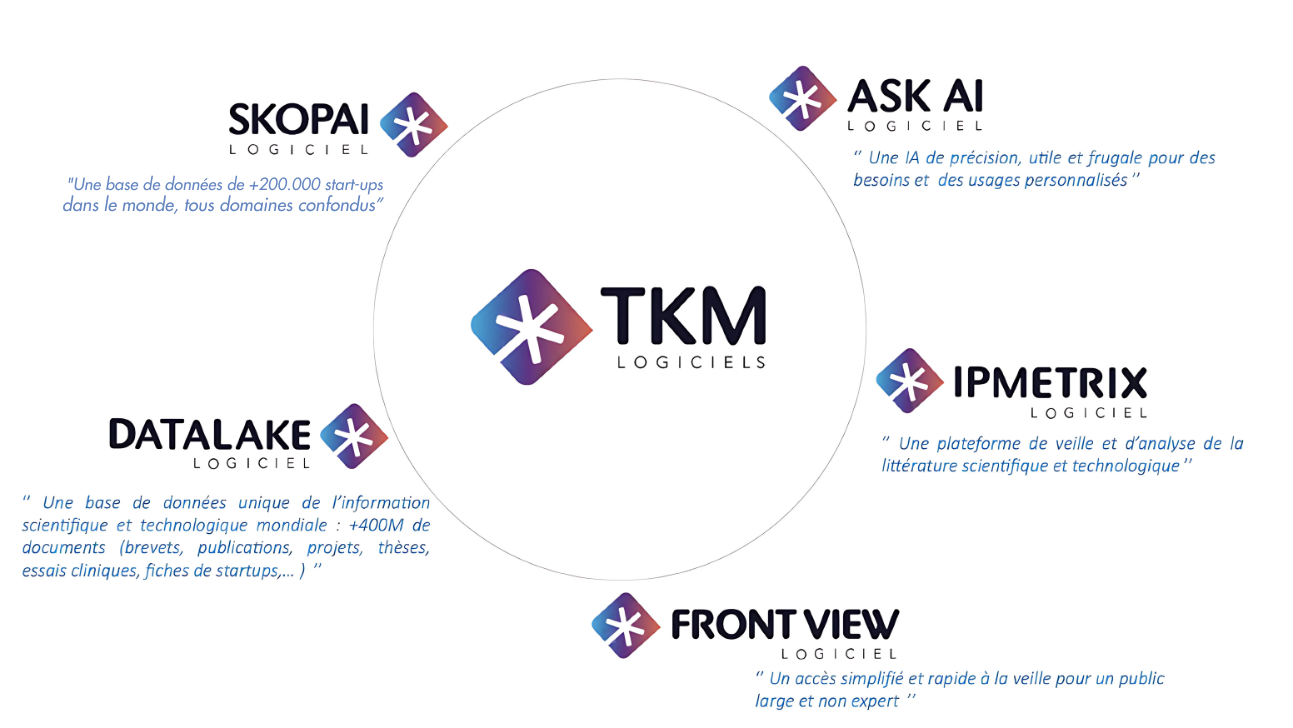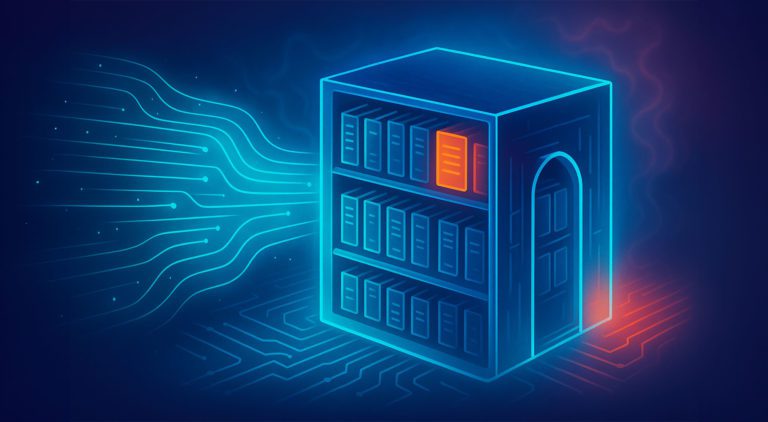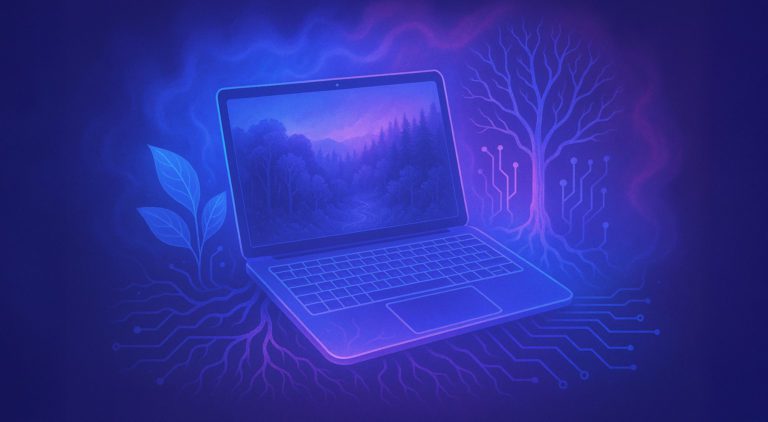Mastering scientific and technical monitoring methods will allow them to detect and identify new trends, actors, technologies or methodologies, which could influence their activity. This type of monitoring can help identify research and development opportunities or competitive threats. It can help to understand and anticipate the evolution of regulations...
The strategic reasons which justify the need for serious technical monitoring are numerous.
 THE DIFFERENT COMPONENTS OF TECHNICAL MONITORING
THE DIFFERENT COMPONENTS OF TECHNICAL MONITORING
Scientific and technical monitoring revolves around the collection, analysis and dissemination of scientific and technical information from a wide variety of sources. It allows an organization, whether a company, a research laboratory or a government agency, to stay at the forefront of developments in its field, to detect opportunities and threats upstream , and to make decisions illuminated.
There are several types of monitoring, each focusing on a different aspect of information.
Technology watch
Technology monitoring focuses on the evolution of technologies , the emergence of new innovations, the state of the art in a specific field, and monitoring the strategy of the main competitors. For example, an industrial company can track advances in artificial intelligence to anticipate new product development opportunities. Monitoring patents filed is a necessary part of technological monitoring, even for companies that do not file patents.
However, a mistake would be to consider that patents alone are enough to fuel effective technological monitoring . First of all, not everything can be patented. Then companies, and sometimes for very good reasons, choose not to file patents. Finally, when you read a competitor's published patent you are on average between 2 and 3 years behind its research activities...
Limiting yourself to patent monitoring alone is a mistake made less and less often by strong companies. Fortunately.
Scientific monitoring
Scientific monitoring focuses on advances in fundamental and applied research . We then look for signals and indicators on the production of new knowledge within academic and scientific research which could be of industrial interest in the future.
This monitoring also makes it possible to detect and select, if necessary, relevant academic partners to collaborate on complex issues.
Scientific monitoring involves participating regularly in conferences and symposia, but also on a daily basis reading publications of interest in specialized journals, monitoring collaborative projects that are being set up on a national or international scale and following the work of laboratories and eminent researchers in the fields to be monitored. The more monitoring is devoted to upstream subjects, the more the number of themes to monitor will potentially increase.
Competitive monitoring
Competitive monitoring allows you to stay informed of the actions and strategies of competitors . It can help a company anticipate the movements of its competitors, understand their collaboration networks, know as much as possible their areas of research and innovation and develop effective response strategies. This monitoring will be devoted as much to product monitoring as to research projects or acquisitions of start-ups or SMEs on which information is easy to find.
Regulatory monitoring
Regulatory monitoring consists of monitoring legislative, regulatory or normative developments that may affect the functioning of your organization. Following international groups working on new standards (for example in the field of telecoms) allows you to have a very clear anticipatory vision of the market and technical expectations.
 THE MONITORING PROCESS IN 6 STEPS
THE MONITORING PROCESS IN 6 STEPS
- The scientific and technical monitoring process generally follows a fairly standard process composed of several key stages. Above all, remember that this is an iterative process, which can be punctuated at regular intervals by requests for deep dives or state of the art , maps, etc.
- Definition of needs: Identify the objectives of the day before that you will put in place. What are the strategic questions to which it is supposed to provide answers and signals? According to the question, at what rate should updates be made?
- Source Search: Carefully choose the sources of information that are most relevant to meet the specific need for each monitoring question. This may include scientific databases, trade journals, patents, conference papers, company websites, discussion forums, social networks, etc.
- Information Gathering: Carefully construct search strategies to retrieve all relevant information (while limiting noise, i.e. irrelevant information) from the sources you have identified. This may involve reading articles, listening to lectures, following discussion threads on social media. If necessary, this will also involve validation discussions with a professional expert. This will undoubtedly result in a much larger list of keywords than initially imagined…
- Information Analysis: Evaluate the information you have collected. What are the main takeaways? How does this information align or contrast with what you already know?
- Dissemination and use of information: Share the results of your monitoring with the relevant stakeholders (this can be within your organization or with external partners). This step is often poorly mastered in companies. Monitoring, failing to think carefully, this dissemination/sharing phase often remains an individual activity, the prerogative of a few individuals. Monitoring then struggles to demonstrate its effectiveness at the organizational level, to create strategic value and therefore to motivate sufficient resources (human and financial). In organizations that master the entire monitoring process including this last step, not only are the resources mobilized but the monitoring profession takes on a rewarding strategic dimension.
- Evaluation: Finally, evaluate the entire process at regular intervals. Was the information collected useful? Was the process effective? What could be improved for next time? How many deep dive requests were generated during the semester, for example?
 WHY IS SCIENTIFIC AND TECHNICAL MONITORING SO IMPORTANT?
WHY IS SCIENTIFIC AND TECHNICAL MONITORING SO IMPORTANT?
If you doubt the benefits of scientific and technical monitoring for your company, read this section. You will see that, whatever your sector of activity, you would be wrong to neglect this essential activity.
One of the main applications of monitoring is to support decision-making . The data collected through scientific and technical monitoring are therefore fundamental for innovative industrial companies. Whether it's product development, process improvement, R&D investment, or identifying new market opportunities, this information is vital to business growth and survival.
Maintaining competitiveness generally comes next, in descending order of importance. In an increasingly competitive and frenetic business environment, monitoring allows a business to stay up to date on the latest advances, innovations and trends, which is crucial to remaining competitive.
The internal promotion of an innovation-oriented mindset also justifies the implementation of a monitoring system. It exposes employees to a variety of research, discoveries and new ideas, which can stimulate their creativity and participate in a mindset favorable to internal innovation, inspire new ideas and foster a culture of innovation.
Then comes risk prevention . Intelligence helps identify and mitigate risks by monitoring competitive developments, changing regulations and new emerging technologies or practices, thereby contributing to business resilience and stability.
All issues associated with intellectual property must also be considered. Monitoring makes it possible to follow the latest patent filings resulting from academic research or competitors.
It makes it possible in particular to protect the company against violations by third parties of its own intellectual property rights but also to permanently ensure that it itself does not become an infringer... without its own knowledge... which can cost him dearly.
Let's not forget the saving of resources (especially human). By avoiding duplication of work already carried out or in progress, monitoring makes it possible to efficiently manage resources, which is essential for the operational efficiency of the company.
Finally, overall one of the challenges of scientific and technical monitoring is to be at the heart of the strategic management of the innovative company. How do you think L'Oréal, Schneider Electric or Airbus became world champions in their fields? Do you know the efforts and professionalization of monitoring at the heart of these companies? This is also the case in thousands of lesser-known SMEs, but which also understand that they could not succeed in such a changing world without having the right information and the right tools.
 SCIENTIFIC AND TECHNICAL MONITORING TOOLS
SCIENTIFIC AND TECHNICAL MONITORING TOOLS
There are many tools available to facilitate scientific and technical monitoring, ranging from academic databases to specific monitoring software. Here are some examples:
- Databases of scientific publications, symposia or conferences.
- Patent databases: Google Patents, Espacenet (European Patent Office), and USPTO (United States Patent and Trademark Office) allow you to search for filed and published patents in various technological fields.
- The technological and industrial press (specialized or general)
- Databases on collaborative projects
- Obviously the Internet and useful websites (competitors, centers, clusters, professional unions, etc.)
- Monitoring and analysis tools. Software like IPMetrix is a tool designed to facilitate technology monitoring and business intelligence, to monitor and analyze patents and scientific literature. It offers advanced analysis features, including technology mapping, patent portfolio analysis, and technology trend detection.
 THE CHALLENGES OF SCIENTIFIC AND TECHNICAL MONITORING AND A LOOK TOWARDS THE FUTURE
THE CHALLENGES OF SCIENTIFIC AND TECHNICAL MONITORING AND A LOOK TOWARDS THE FUTURE
Scientific and technical monitoring allows companies to stay up to date and competitive in an increasingly fast and innovative world. It involves collecting, analyzing and leveraging information from a variety of sources to inform strategic decisions, drive innovation, prevent risks, protect intellectual property, save resources and build credibility and reputation.
What about tomorrow? The scientific and technical monitoring sector is likely to undergo major changes. The exponential growth of available data, partly thanks to the Internet of Things and Big Data , will offer unprecedented opportunities for even more precise and targeted monitoring. Artificial intelligence and machine learning will play an increasingly important role in the monitoring process, helping to filter and analyze ever-increasing volumes of data, and providing more relevant and real-time insights.
Patents, scientific articles, collaborative projects, theses, web articles... Our software suite allows you to monitor all the desired areas , without getting lost in the mass of existing information. Thanks to our tools, you will be able to classify, detect and comment on each piece of information, to give you all the means to carry out optimal scientific and technical monitoring.

Would you like to know more?
 THE DIFFERENT COMPONENTS OF TECHNICAL MONITORING
THE DIFFERENT COMPONENTS OF TECHNICAL MONITORING
 THE MONITORING PROCESS IN 6 STEPS
THE MONITORING PROCESS IN 6 STEPS
 WHY IS SCIENTIFIC AND TECHNICAL MONITORING SO IMPORTANT?
WHY IS SCIENTIFIC AND TECHNICAL MONITORING SO IMPORTANT? SCIENTIFIC AND TECHNICAL MONITORING TOOLS
SCIENTIFIC AND TECHNICAL MONITORING TOOLS THE CHALLENGES OF SCIENTIFIC AND TECHNICAL MONITORING AND A LOOK TOWARDS THE FUTURE
THE CHALLENGES OF SCIENTIFIC AND TECHNICAL MONITORING AND A LOOK TOWARDS THE FUTURE
